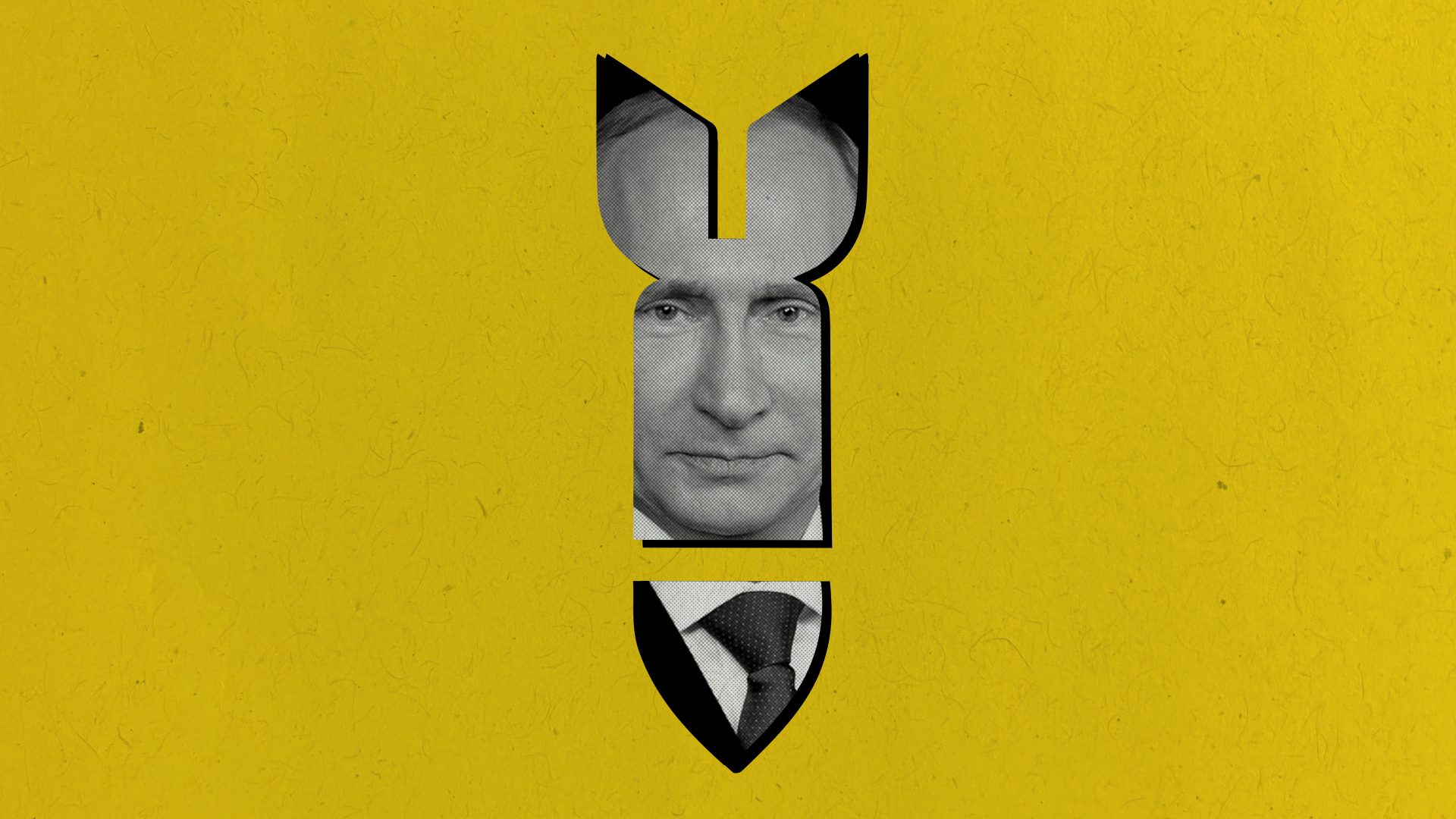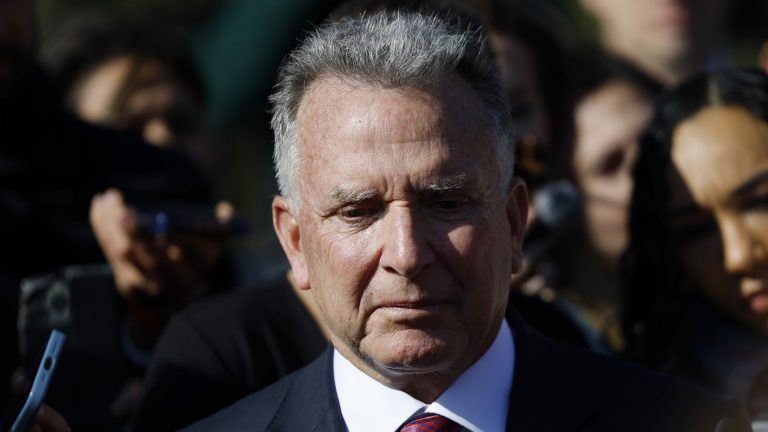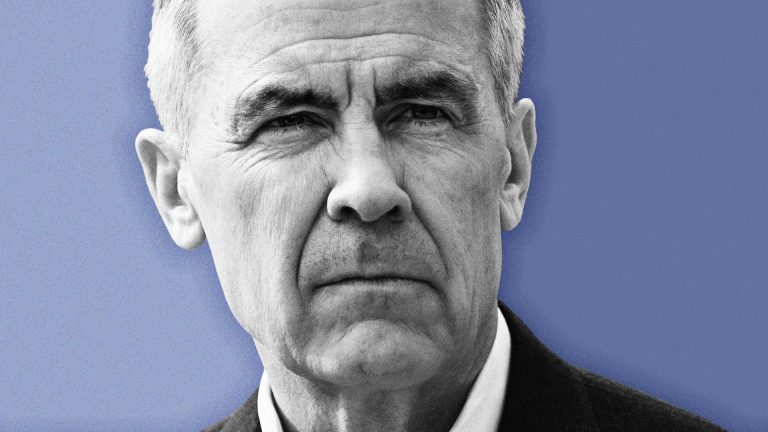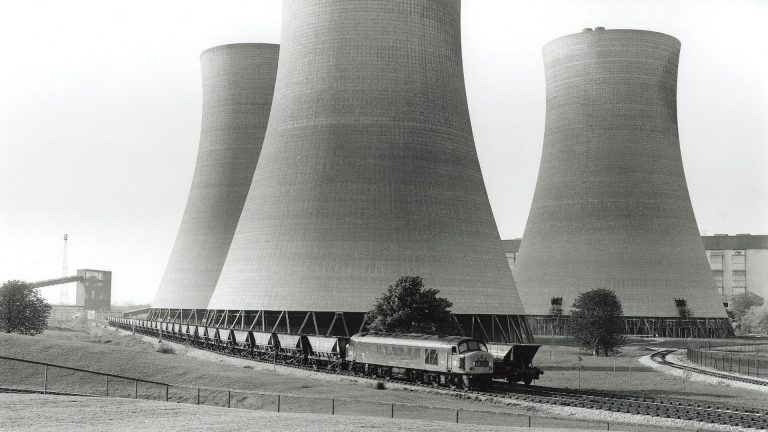Vladimir Putin has spoken several times about using nuclear weapons since Russia launched its invasion of Ukraine in February 2022. However, the initial attention and concern that global news media gave to Putin when he first spoke on the issue in September 2022 seemed to have largely dissipated over the past two years of conflict, perhaps because of the frequency with which he has threatened to resort to use of Russia’s nuclear arsenal.
Now Putin has issued his strongest threat yet, saying that Russia would use nuclear weapons against any country attacking it, even with conventional weapons. This statement appears to be intended to influence the debate happening at the United Nations, where Ukrainian president Volodymyr Zelensky is trying to persuade his country’s western allies to allow Ukraine to use the weapons they have provided against targets deep within Russia itself.
This has been a “red line” hitherto that Ukraine’s allies have been unwilling to cross. That may be about to change though and Russia’s reaction has been to reiterate a nuclear response.
For those interested in the study of propaganda, Putin’s threats appear to have moved from what American media scholar Dan Hallin called the “sphere of legitimate controversy”, where the validity of an utterance is urgently debated by journalists, politicians and academics, into the “sphere of consensus”, where there is broad agreement about the meaning of the message. This generally results in it receiving less attention.
To believe that Putin is not serious about using nuclear weapons is a dangerous assumption to make. But it provides a good opportunity to examine the political and public relationship with nuclear weapons in more detail.
The psychology of nuclear threat
Most adults know of the existence of nuclear weapons and understand the consequences of their use. Very few are simply ignorant of them or their immense power. But global annihilation is too overwhelming to think about other than fleetingly. As a result we tend to focus on less drastic futures.
These regular denials and self-deceptions affect political outlooks though. Every so often the leader of a nuclear-armed country is asked by a journalist or another politician about their readiness to press the nuclear button. They always say “yes”. When this question is asked in front of an audience there is usually enthusiastic applause.
This response – applauding an individual politician’s willingness to bring about the end of the world – is perhaps the most compelling evidence of the duality that the threat of nuclear war exists within. Rather than perceiving such a response as the worrying sign that a maniac has somehow manoeuvred their way into high office and should be immediately removed, the voter perceives the utterance as a signifier of leadership strength.
Psychologically, it can be argued that the applause actually represents an outpouring of relief that this mass self-deception can continue.
‘Fear propaganda’ and confirmation bias
During the cold war, official propaganda placed great emphasis upon threat and preparedness for nuclear attack. The BBC film Threads first aired 40 years ago in September 1984 and depicted the aftermath of a nuclear strike. It was responsible for great alarm among the British public at a time when news media, movies and even official literature were also focused upon the threat of nuclear war.
Between 1974 and 1980, the UK government issued a booklet entitled Protect and Survive, accompanied by short films. The BBC, in its public service role, also ran documentary programming including a 1980 edition of Panorama called If The Bomb Drops. While US secretary of state Henry Kissinger’s 1957 study Nuclear War and Foreign Policy caused alarm for arguing that small-scale nuclear war using “battlefield” weapons might be possible.
Cold war communications like these served to focus the public mind towards the threat of nuclear attack above all other fears. And perhaps, at that time, they were right to do so. But more than 30 years have now passed since the end of the cold war and the emphasis within what is known as “fear propaganda” now focuses on other threats, such as extremism, pandemics and migration.
As such, Putin’s nuclear threats provide propaganda analysts like myself with a case study about the important role played by fear propaganda in determining what people are scared of. If taken within the wider history of the fear of nuclear holocaust, it is clear that political leaders cannot rely on their words alone to be taken seriously. They require a wider supportive propaganda environment – like the atmosphere created at the height of the cold war.
Putin the ‘madman’
Questions around how to understand Putin’s nuclear attack threats ought to be positioned as the latest in a long(ish) line of world leaders who have tried to convince global publics of their readiness to commit nuclear genocide.
Richard Nixon, for example, used what was referred to as “madman” tactics when trying to convince people of his readiness to push the button. Interestingly, the more recent depictions of Putin, Kim Jong-un and other authoritarian leaders as madmen by western tabloids can actually help them by playing down the fact of their inferior military capabilities when compared to those of the Nato allies.
Don’t think for a moment though that any of this discussion of propaganda increases or decreases the actual threat posed by nuclear weapons. Indeed, there exists a degree of confirmation bias among politicians, journalists and other public commentators that because nuclear war did not happen during the cold war, it is unlikely to happen now. But this can’t be guaranteed. It may be that these conclusions are mistakenly based upon the intensity of the propaganda environment – not the actuality of the threat posed.
To this end, it ought to be remembered that the ability to press the button sits well within the capacity of the sane human mind. US president Harry S. Truman pushed the button in 1945. He was then given detailed reports of the death and destruction that his decision caused to Hiroshima. Then he pushed the button again to annihilate Nagasaki.
Colin Alexander, Senior Lecturer in Political Communications, Nottingham Trent University
This article is republished from The Conversation under a Creative Commons license. Read the original article.









